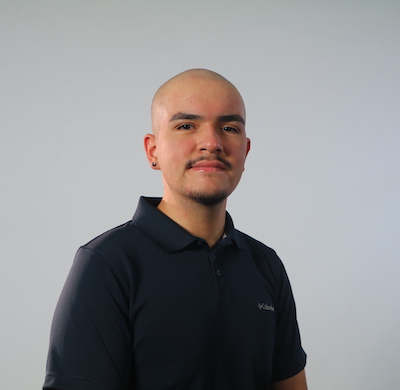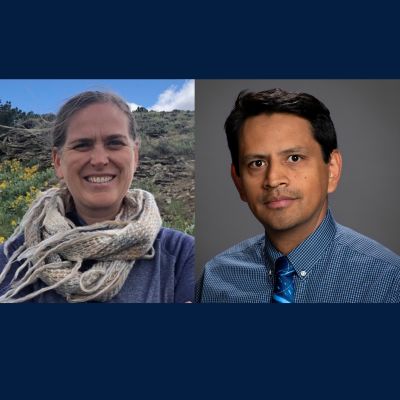Adding in “Equity” as we reflect on history
Interim Director Angela Moore discusses new office title: The Office of Diversity, Equity and Inclusion
Just in time to celebrate the University’s Sesquicentennial, the Office of Diversity and Inclusion has updated its name and is now the Office of Diversity, Equity and Inclusion. An important term to reflect on during an important time in our University’s history.
The University of Nevada, Reno first opened its doors in 1874: a time when many changes were occurring in higher education. Less than 40 years prior, in 1837, Oberlin College in Ohio became “the first to admit women and men of all races,” and between the years 1870 and 1890—right around the University of Nevada, Reno’s birth—the percentage of the US undergraduate population women accounted for grew from 21% to 47% (Parker, 2015, p. 6); this time period (1860-1890) also saw more Black colleges and Universities “founded than any other point in history” (Haynes, 2006, p.10). So, how does equity play into all this?
The term “equity” is often defined in relationship to equality. Equality is characterized by giving all individuals the same resources or opportunities, while equity is characterized by giving individuals resources and opportunities tailored to the unique circumstances and needs of those individuals, aimed at providing equal access to outcomes. While these definitions may feel conflicting, the concepts work together in important ways. Equality is important for the equal access to outcomes part of equity. We can think about this in terms of jackets. Equality states that everyone should have access to a jacket. Equity states that everyone should have access to a jacket that fits them and provides the warmth and weather-resistance required by their unique circumstances—a jacket needed by an Alaskan adult would be different than one needed by a Floridian toddler—but that all jackets should provide an equal outcome of weather protection.
We can also think about this in terms of college degrees. Equality states that we should all have the opportunity to pursue a degree, should we so choose. Equity asks us to be aware that what will be required for each of us to complete the degree we’ve chosen will be different. Some of us will need access to graphing calculators, others will need access to paints and canvas, or a quality camera, or a synthetic cadaver. Many of us will need access to study groups or tutoring. Many of us will need eyeglasses. Many of us will need loans, or access to daycare, or medication, or different amounts of time to complete the degree.
Equity, importantly, is also often defined in terms of history.
Equity asks us to understand that, historically, many of the systems and institutions in our world were built and developed with only certain kinds of people in mind, and therefore only certain needs and circumstances in consideration. As such, these institutions are likely to serve some individual’s needs better than others. For example, while many things were changing about higher education around the University of Nevada, Reno’s birth, prior to the 19th century, higher education was largely exclusive to wealthier white men. Equity asks us to think about how that history might have led to the creation of higher education systems that serve some individuals better than others, and to consider how we might continually reshape our systems to better serve the needs of all students.
So, as we reflect on the last 150 years of the University, the term equity feels more than a little relevant. Dr. Edward Bouchet, the first African American scholar to receive a doctorate in the US, completed his doctorate at Yale in 1876, just two years after the University of Nevada, Reno opened (Biography of Edward A. Bouchet), and Dr. Helen Magill White became the first woman in the US awarded a PhD at Boston University the very next year (Boston University Timeline).
It is important that we learn from these histories and use our awareness of them to critically reassess our systems, asking ourselves: who was this developed with in mind? Who may not have been considered? How has our awareness of diverse needs and circumstances continued to expand, and what systemic revisions might that then ask us to make? And ultimately: what can we do to better to ensure our systems and institutions are able to support a multitude of people with a multitude of circumstances and needs?
A few recommended resources for achieving equity:
- Academic Impressions: Start Learning - DEI and Inclusive Leadership (University Login here)
- Advancements in Teaching Excellence’s Recommendations for a Welcoming & Inclusive Syllabus
- The Equal Opportunity and Title IX Office’s UndocuAlly Workshop
- The Office of Digital Learning’s workshops on Universal Design for Learning and Accessibility
References
Boston University Timeline. (n.d.). First PhD Awarded to a Woman. Boston University. https://www.bu.edu/timeline/1877/02/28/first-phd-awarded-to-a-woman/
Haynes, B. (2006). Black Undergraduates in Higher Education: An Historical Perspective. Metropolitan Universities, 17(2), 8-20. https://journals.iupui.edu/index.php/muj/article/view/20252
Parker, P. (2015). The Historical Role of Women in Higher Education. Administrative Issues Journal : Education, Practice, and Research, 5(1), 3–. https://doi.org/10.5929/2015.5.1.1
Northwestern University Bouchet Honor Society. (n.d.). Biography of Edward A. Bouchet. The Graduate School. https://www.tgs.northwestern.edu/diversity/retention/bouchet-honor-society/biography-of-edward-a.-bouchet.html#:~:text=Bouchet%20was%20the%20first%20African,and%20Susan%20(Cooley)%20Bouchet.
















